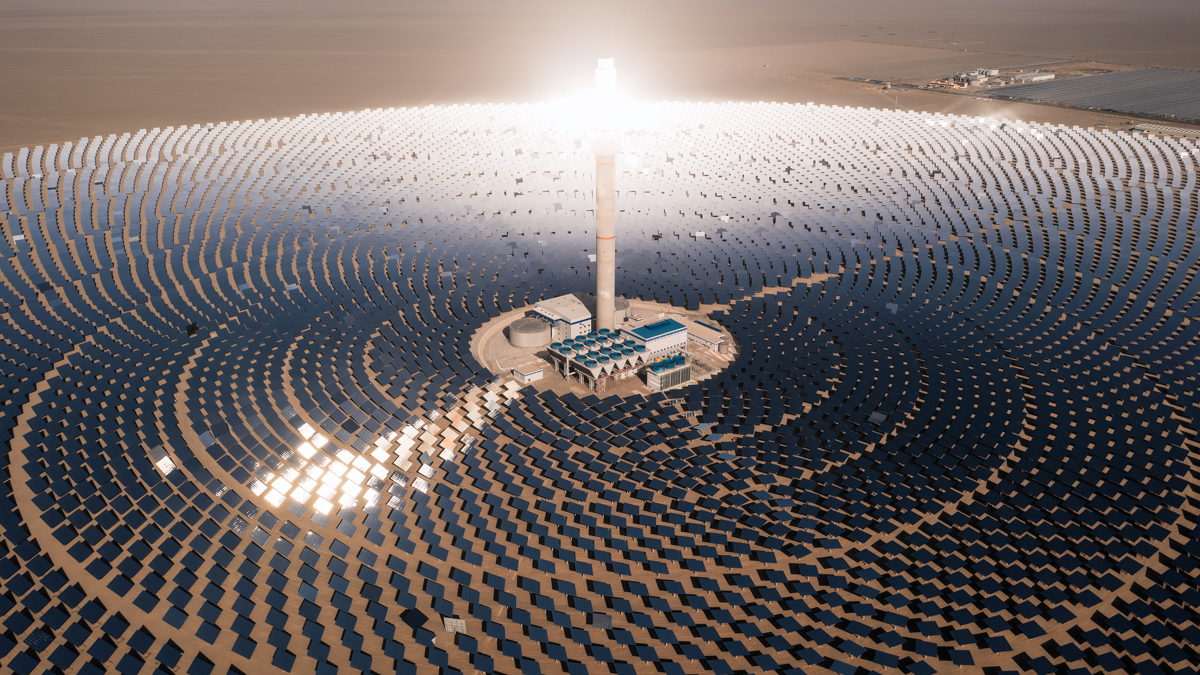In Asia, the climate crisis is not a battle of right and wrong, but an equation of risk and reward
These are dark days for the mainstream climate movement in America. The Trump Administration’s open warfare against clean energy, Texas’s push to ban solar and wind, and the systematic dismantling of four years of Biden-era climate policy have left many American activists and policymakers in a state of shock, fear, and despair. “How unstoppable is the transition, really?” wrote author and columnist David Wallace-Wells in a deeply skeptical column this week in The New York Times.
The answer depends on where you live. Focus on the US, and you, too, will be depressed. However, after three weeks in Asia, I can say with absolute confidence: the global transition to clean energy is unstoppable.
Why? It’s what China wants. And when the world’s second largest economy moves to decarbonize, things happen. That is because China has emerged as the world’s Supernova of clean energy and has the scale to bend the carbon curve with a population of 1.4 billion and a middle class that is larger than the population of the United States.
When the world’s second largest economy moves to decarbonize, things happen.
Asia’s Green Revolution: Pragmatism over politics
But its more than economics. It is also the science of decarbonization. The faster China goes green, the bigger the impact because of its massive carbon footprint. The US accounts for about 11% of the total global footprint and has been decreasing for years. Compare that to China which accounts for 30% of the world’s footprint and emissions continue to grow, along with its use of coal which accounts for more than 50 percent of its power.
Coal for a goal
That’s terrible, right? Yes, but reverse that trend and you are talking about a significant global impact. And that is what China is doing. In the first half of 2024, China reduced coal power permits by 83% compared to the same period in 2023. Last year, according to Carbon Brief, clean energy generated a record-high 44% of China’s electricity, pushing coal’s share down to a record low of 53%, despite continued growth in demand. That’s 7% less than the year before.
All this is good for the planet. Falling use of fossil fuels has led to a 3.6% drop in CO2 emissions from the power sector, which accounts for around two-fifths of China’s total greenhouse gas emissions and has been the dominant source of emissions growth in recent years.
Ecological civilization
So why can China do this, and not the US or Europe? The answer is state power. What President Xi Jinping’s central planners want, they get.
To understand China’s green rise, look back to January 13, 2013, a day when Beijing experienced the worst air pollution in its recorded history. A rare burst of public anger rippled across the nation, prompting calls for greater transparency and a reevaluation of China’s rapid development.
Xi noticed. Within months, he announced an “ecological red line” and pledged that China would no longer sacrifice the environment for growth. China’s Ministry of Environmental Protection then earmarked $277 billion in government spending to initiate the cleanup.
While America’s climate efforts are paralyzed by political infighting, China is building a carbon-free future by leveraging the power of an autocratic state. Welcome to the inconvenient truth of climate solutions.
One-party rule has its advantages
Central planners also rolled out a series of incentives and disincentives to encourage state-owned and private companies to redirect capital in line with Xi and the Communist Party’s clean energy industrial plans. “If you’re doing green things, you reduce carbon, you reduce air pollution, water pollution, then you’ll be viewed as a good guy, by the regulator, by the market,” one senior Chinese official told me. “If you’re doing the wrong thing, then you are penalized by the government, public opinion, and by consumers.”
Once engaged, stuff happened (it helps that there are no fossil fuel interests to undermine China’s efforts.) Twelve years after that smoggy January day, the air is cleaner in dozens of Chinese cities, half of all cars in China will soon be electric, and the country dominates the global supply chain for solar panels, batteries, and EVs. Shenzhen, once a dirty factory town, is now a hub of green innovation.
The devil’s dilemma: democracy vs. decarbonization
The heavy hand of the Chinese state raises uncomfortable questions for many Americans. The gut reaction is to recoil from China’s authoritarianism, its human rights abuses, and its suppression of dissent. But here’s the sobering reality: while America’s climate efforts are paralyzed by political infighting, China is building a carbon-free future by leveraging the power of an autocratic state. Welcome to the inconvenient truth of climate solutions.
For many climate activists, this is hardly a vision of success. But is China building a new economic order with fewer carbon emissions? You bet.


